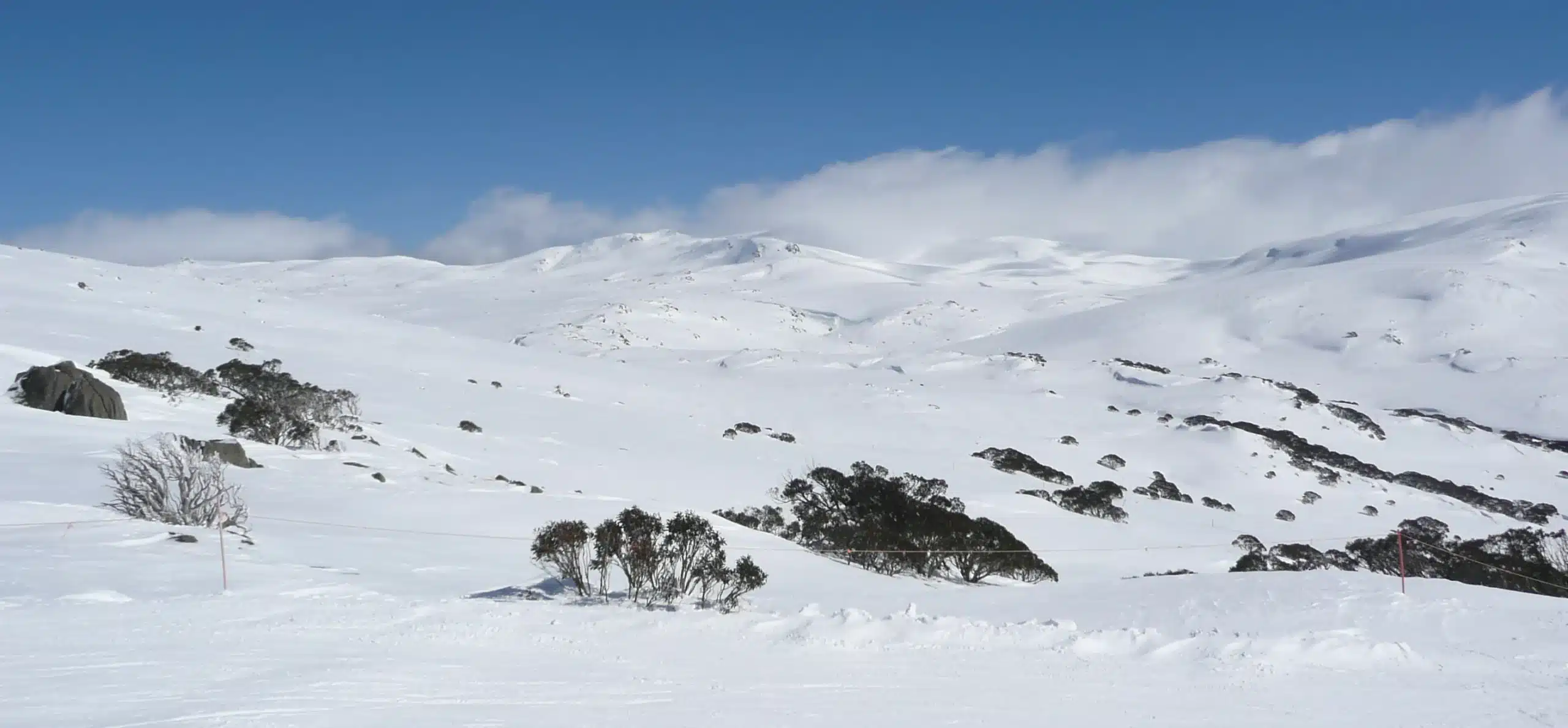Plan Your Next Adventure to Enjoy Snow In Australia with Family
Plan Your Next Adventure to Enjoy Snow In Australia with Family
Blog Article
Understanding the Significance of Snow in Australia for Agriculture and Tourism
While Australia is usually connected with sun-kissed beaches and dry wilderness, it additionally boasts a riches of snowy towering regions. The snow that blankets these areas is even more than an attractive landscape function. It functions as a lifeblood for the country's agriculture and a driving pressure for a rewarding tourist sector. As we examine this surprising junction, the prospective influence of changing climate patterns on Australia's snowfall and its succeeding results come to be an engaging focus.

The Unexpected Snowfall: Australia's Alpine Regions
When winter season cloaks the world, Australia's Alpine areas don a white mantle of snow, a spectacle that seems practically paradoxical in this dominantly sun-baked land. In contrast to the stereotyped photo of Australia as a land of deserts and beaches, these areas offer a stunning and shocking comparison. The Australian Alps, extending across New South Wales, Victoria, and the Australian Capital Area, obtain even more snowfall than Switzerland. This unexpected wintertime heaven supplies an unique ecological community, giving an environment for numerous native varieties and a snowy play area for winter months sports enthusiasts. The annual snowfall, although not as plentiful as in some nations, is a crucial element of Australia's environment diversity and plays a considerable function in the nation's agricultural practices and tourism market.
Wintertime's Bounty: Snow's Payment to Australia's Water Resources
Despite its rarity in the broader landscape of Australia, snow in the Alpine regions plays an important role in the country's water resources. Acting as a natural storage tank, the snowpack stores water throughout the cold months, slowly releasing it into rivers and dams as it thaws in warmer periods. This process makes sure a steady supply of water, aiding in the stabilization of the country's water cycle. This is particularly vital for Australia, a continent regularly tormented by dry spells. Moreover, the snowmelt feeds into the Murray-Darling Container, a lifeline for several neighborhoods in the southeastern components of the country. Without the bounty of winter months snow, Australia's water resources would be dramatically stressed, influencing both the environment and the population.
White Blanket, Green Fields: The Effect of Snow on Australian Agriculture
Although much less visible, the influence of snow on Australian farming is substantial. Snowfall in the high country serves as an all-natural type of irrigation, progressively melting and giving a stable water supply to lower-lying farmland. This water-rich atmosphere cultivates the growth of durable plants, adding to the country's agricultural performance. Snowfall improves soil wellness by presenting wetness and trapping nutrients, which are progressively launched as the snow thaws. This procedure check my site enhances the dirt, fostering the growth of much healthier, more durable plants. Furthermore, snow cover acts as a protective blanket, protecting the ground versus serious winter temperatures that might otherwise harm plants. Thus, the duty of snow in Australian agriculture is both multifaceted and essential.

Cold Cash: Snow Tourist and Its Economic Importance in Australia
While the value of snow to Australian farming is commonly undervalued, its payment to the nation's tourist industry is unquestionably significant. The snow-laden tops of Australia's towering areas bring in a flurry of visitors every winter click this months, adding millions to the nationwide economic climate. Therefore, the economic importance of snow tourism in Going Here Australia extends far beyond the inclines.
Future Forecast: Environment Change and Its Possible Impacts on Australia's Snowfall
As the world comes to grips with the fact of environment modification, so too should Australia contemplate its possible impacts on the country's snowfall. Present scientific models predict a reduction in Australian snowfall, with potentially severe influence on both agriculture and tourism. In some areas, the snow season could be shortened by as much as 80 days by 2050. Such adjustments intimidate the feasibility of Australia's ski market, which contributes substantially to the regional economic situation. Less snowfall might also impact the country's farming industry, as snowmelt plays a vital function in watering plants. The prospective effects of these modifications underscore the seriousness of environment change reduction efforts, both in Australia and worldwide.
Verdict
In verdict, snow is a critical aspect of Australia's farming and tourist sectors. The looming threat of climate change elevates issues about the future of Australia's snowfall patterns, possibly interrupting these substantial economic industries.

When winter months cloaks the globe, Australia's Towering regions don a white mantle of snow, a spectacle that seems nearly paradoxical in this dominantly sun-baked land.Despite its rarity in the wider landscape of Australia, snow in the Alpine areas plays a crucial function in the country's water resources. Without the bounty of winter snow, Australia's water resources would be dramatically stressed, affecting both the populace and the setting.
Therefore, the economic value of snow tourist in Australia expands much beyond the slopes.
In conclusion, snow is an essential aspect of Australia's farming and tourism fields. Snow In Australia.
Report this page